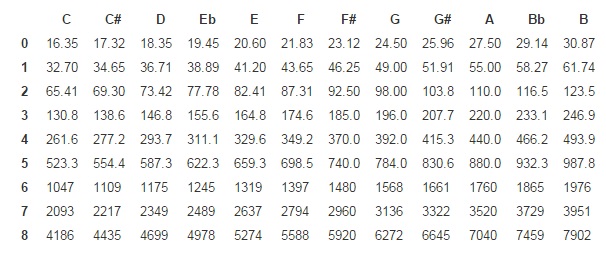Sound is a type of energy, and energy moves by waves. So sound moves from one place to another by waves; longitudinal waves to be more specific. So, how fast do sound waves travel? Well, that’s a bit of a tricky question. The speed of the wave depends on what kind of stuff the wave is moving through. The more dense (thicker) the material, the faster sound can travel through it.
[am4show have=’p9;p58;’ guest_error=’Guest error message’ user_error=’User error message’ ]
Remember that waves move because the particles bounce off one another? The farther the particles are from one another, the longer it takes one particle to bounce off another. Think about a row of dominoes. If you put them all close together and push one over they all fall down pretty quick. If you spread them out a bit, the row falls much more slowly. Sound waves move the same way. Sound moves faster in solid objects than it does in air because the molecules are very close together in a solid and very far apart in a gas. For example, sound travels at about 760 mph in air, 3300 mph in water, 11,400 mph in aluminum, and 27,000 mph in diamond!
The temperature of the material also makes a difference. The colder the material, the faster the sound. This is why sound seems to be louder or clearer in the winter or at night. The air is a little cooler and since it’s cooler, the molecules are a little more tightly packed.
Do you remember when we talked about frequency and Hertz? Those are both terms to describe vibrations, right? Frequency describes how fast something is vibrating. Hertz is a measurement of frequency and one Hertz is one vibration per second.
Our ears are our sound antennas. When something vibrates it causes energy to move by longitudinal waves, from the object vibrating to our ears. If that something is vibrating between about 60 Hz and 20,000 Hz it will cause your ear drum to vibrate. This is sound. You can tell one frequency from another by how it sounds. A high note on the piano (like high C) sounds different than a lower note (like middle C). High C is 523.3 Hz, and middle C is 261.6 Hz. Some folks have amazing abilities of being able to distinguish between as little as 2 Hz on the piano! In case you’re curious, here’s the frequencies for the notes on the piano:

When you play more than one note on the piano at the same time, the sound waves interfere and form a wave pattern using the superposition principle. Two waves that have a frequency ratio of 2:1 (one wave is half of the frequency of the other) is separated by an octave, like middle and high C.
Click here to go to next lesson on Decibel Scale.
[/am4show]
